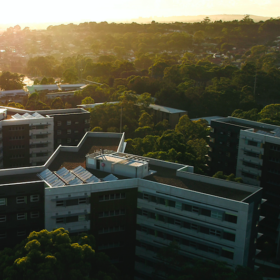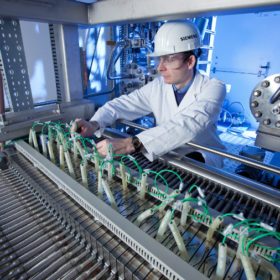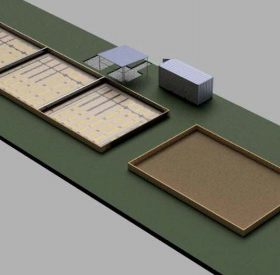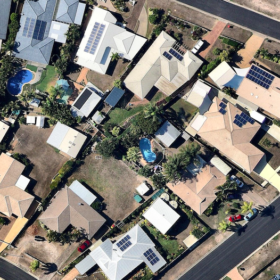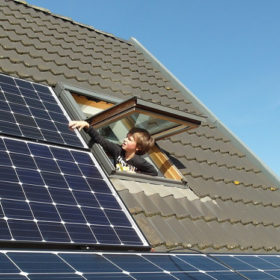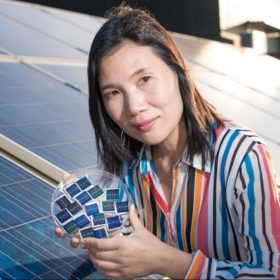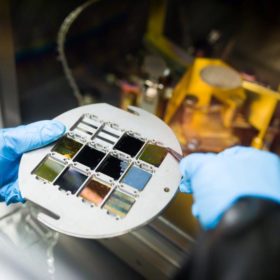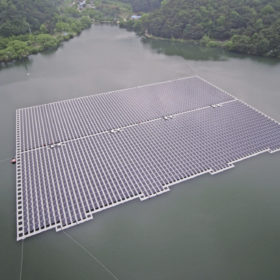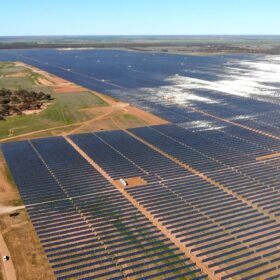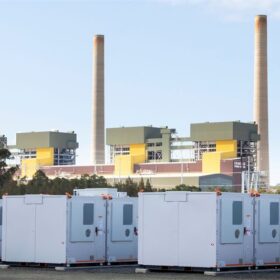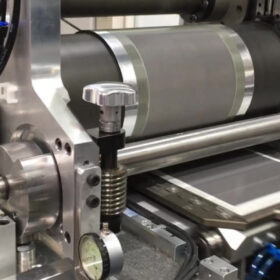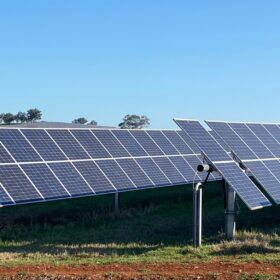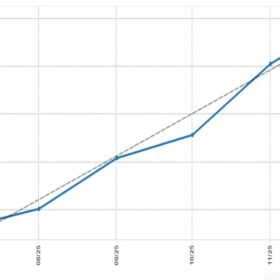What’s NUW in energy? An alliance of three NSW universities concentrates clean-energy expertise
Recognising that the major problems facing the world can’t be solved by any one organisation, three New South Wales universities at the peak of renewable-energy research have rewritten the rules of collaboration to influence policymakers and accelerate solutions to market.
UNSW to lead Australian-German green hydrogen trade feasibility consortium
The University of New South Wales will lead a consortium of Australian and German researchers and industrial partners in a feasibility study to tease out and provide solutions for the obstacles for the trade of green hydrogen from Australia to Germany.
Long-term assessment of PV panel degradation under hot, humid tropical climates
A Dutch-Hungarian research team has measured, for 12 years, the degradation rates of PV modules installed in an off-grid system located in Ghana. It found that the panels had an average annual decline in power yield of 3.19%.
Deakin University’s $2.3 million Hydrogen Test Bed gets underway
Deakin University’s Hydrogen Test Bed is set to position regional Victoria at the cutting edge of hydrogen research. The facility and its research is looking to determine whether Australia’s current gas infrastructure can be repurposed for the use of clean hydrogen.
Weekend read: Down in the weeds of Australia’s distribution networks
Australian electricity wires are awash with sunshine, such that network operators have threatened to up the drawbridge on further rooftop connections, while limiting rooftop PV exports to the grid. But data streams hold the key to unlocking surprising existing capacity, stabilising voltage, and living the Aussie dream.
IEA report rubbishes Morrison’s gas-led energy plan
An International Energy Agency report led up by Rolf Frischknecht from Treeze in Switzerland and under the joint project management of the University of New South Wales’ José Bilbao has measured the lifecycle emissions of both residential solar PV with battery storage and gas-generated grid electricity. The results are not particularly surprising, only the Morrison Government’s ongoing obduracy is.
PM’s Prize for Science awarded to UNSW’s Xiaojing Hao for her pioneering work thin-film PV
The 2020 Prime Minister’s Prizes for Science took place virtually this year, but that won’t quash the recognition of Xiaojing Hao, UNSW’s solar pioneer who took home (or rather, received at home) the prize for Physical Scientist of the Year. Hao’s work in thin-film photovoltaics is leading the world in fashioning new and sustainable applications for solar PV.
Australia still finding its feet on the coveted path to digitalised data
While the desire for data to support smarter grids is clear, actually digitalising said data to make it communicable around Australia is proving a thornier operation. Ultimately, it requires Australia’s grid operators to undergo nothing short of a metamorphosis – transitioning from operating networks to becoming network operators.
Australian scientists shed high-intensity light on pestering perovskite problem
A group of Australian researchers have made a significant discovery in the fight against light-induced phase segregation in next-generation solar cells, a somewhat counter-intuitive solution encapsulated in the famous final words of German polymath Johann Wolfgang von Goethe: “More light!”
Australia a key player in new Global Power System Transformation team of 6
This week will see the official launch of a global taskforce that aims to support worldwide uptake and integration of renewables and achieve at least 50% reduction in emissions over the coming decade.
